Fall in New Mexico is a Treat for the Senses
With the arrival of autumn comes the smell of roasting chile, the sight of hot air balloons on the horizon...
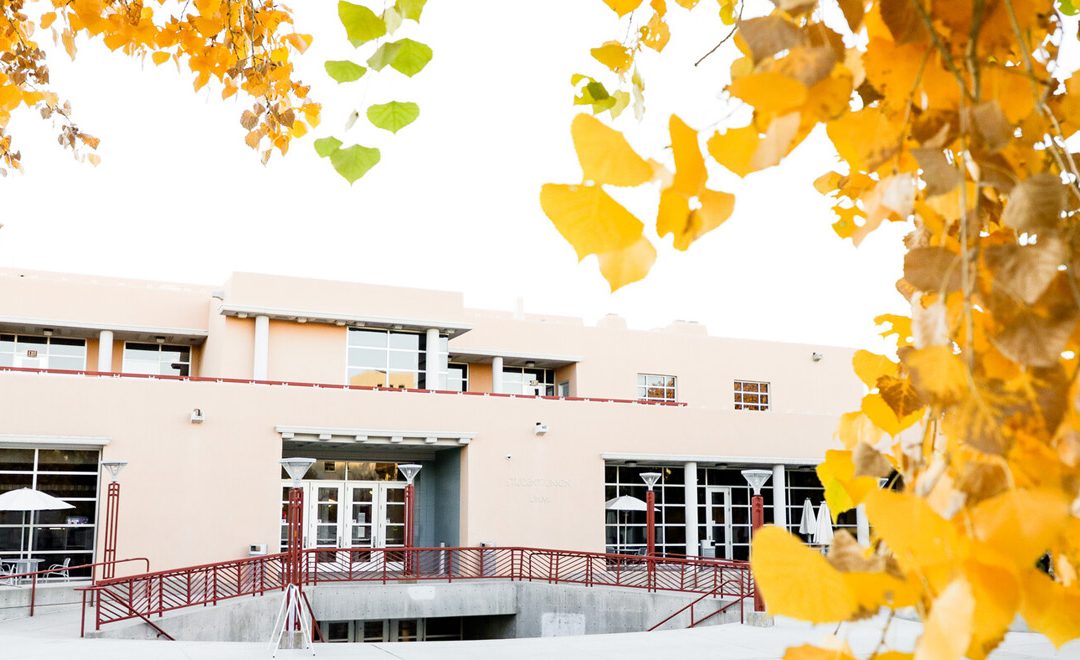
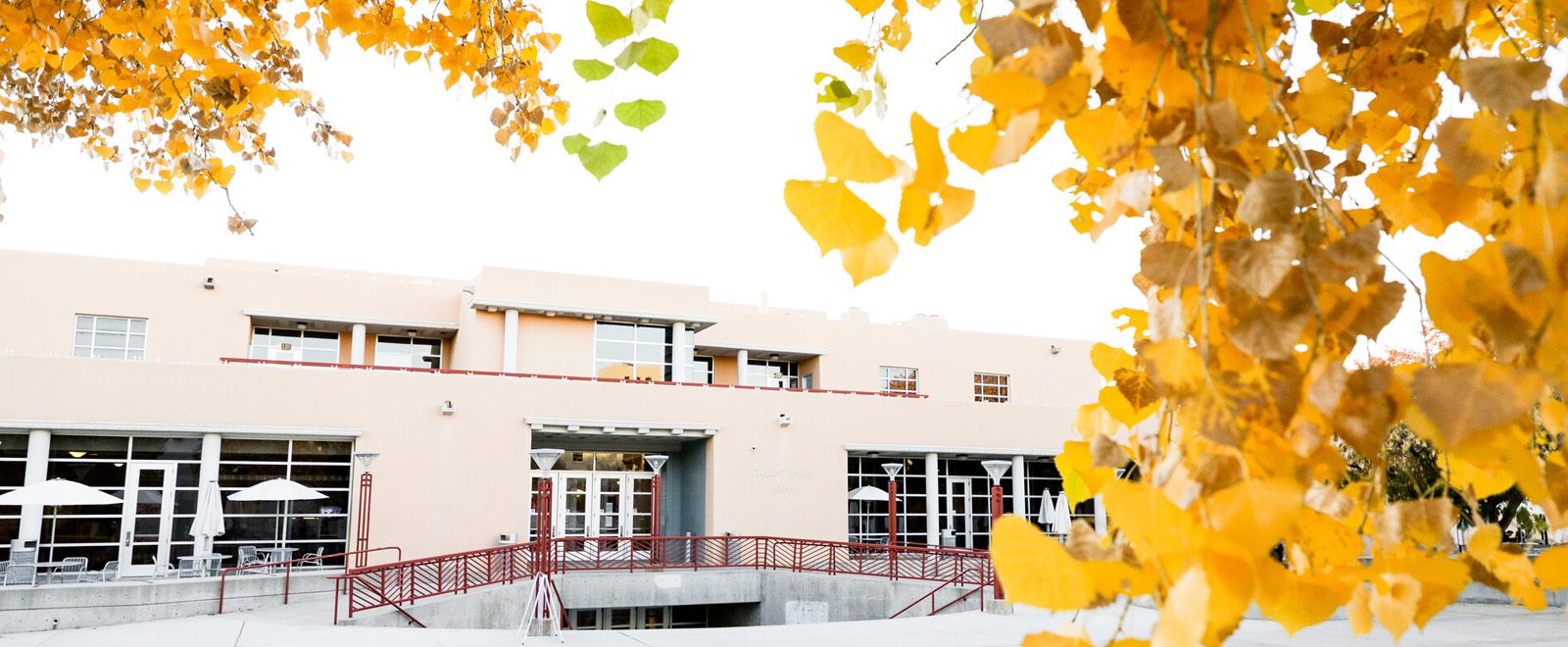
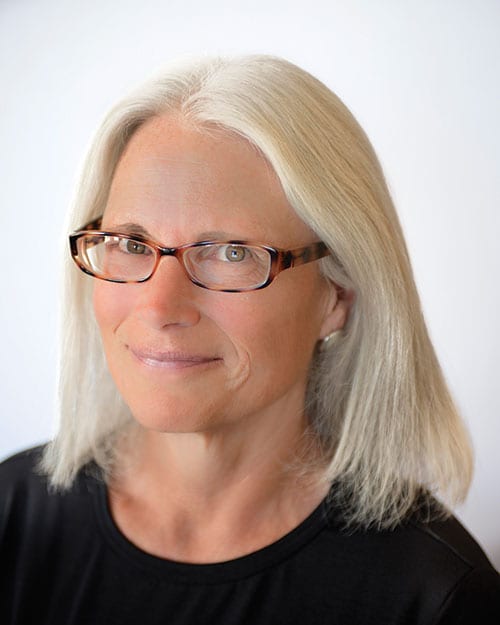
While the Lottery Scholarship is aimed at recent high school graduates, the Opportunity Scholarship is intended to help returning students or older adults who didn’t make it college after high school graduation and those who attend part-time.
UNM adds to the mix the Lobo First-Year Promise, which supports first-year students whose family income is $50,000 or less with full tuition and fees.
As anyone who has tallied up a grocery bill or filled their gas tank or tried to buy a house or rent an apartment lately can appreciate, these assistance programs can change the game for New Mexicans trying to take the step to a better future through a bachelor’s or associates degree or a specialized certificate in this blisteringly hot economy.
The importance of access to higher learning for everyone might come into clearer focus as you read the alumni profiles in this issue of Mirage. It certainly did for me as I put this issue together. There are millions of Americans and plenty of New Mexicans who live productive, interesting and meaningful lives without ever having taken a seat in a college classroom. But for many others, their first steps toward greatness happen on the way to a degree.
I’m thinking of Jack Dongarra, an Italian kid from Chicago whose parents never finished high school. He had dyslexia but he was pretty good at math so he went to college as a math major. Many years and a PhD from UNM later, Dongarra just won the $1 million Turing Award, considered the Nobel of computer science.
I’m thinking of professional mountain biker Doug Campbell, who decided to get serious at 26 and enrolled in UNM’s College of Engineering without much thought about what he wanted to do with his life. Today he’s CEO of a company producing a smaller, cheaper alternative to traditional lithium-ion electric car batteries. If you buy a Ford or BMW EV five years from, money is on Campbell’s battery cell powering your ride.
I’m thinking of UNM music major Raven Chacon from Ft. Defiance, Ariz., whose unique tonal compositions were just recognized with the Pulitzer Prize for music. And of Cynthia Chavez Lamar, whose PhD at UNM in American Studies helped focus her thoughts on collaboration between museums and Indigenous communities and who now heads the Smithsonian Institution’s National Museum of the American Indian.
I could go on — we have a remarkably strong lineup of alumni in this issue.
But I think you’ll want to read about them yourselves.
And who knows which student taking a first class this Fall, thanks to the promise of free tuition, might be the next UNM grad to make the big discovery or reach the top of their field?
Leslie Linthicum
MirageEditor@unm.edu
With the arrival of autumn comes the smell of roasting chile, the sight of hot air balloons on the horizon...
UNM grad helps spark electric vehicle revolution…
Read MoreOpera singer pivots to performance coaching…
Read MoreAlumnus caps computing career with prestigious prize…
Read MoreAlumna heads up museum devoted to the American Indian experience…
Read MoreAlumni board president keeps UNM ties tight…
Read MoreAlumni take home a Grammy and a Pulitzer for music…
Read More

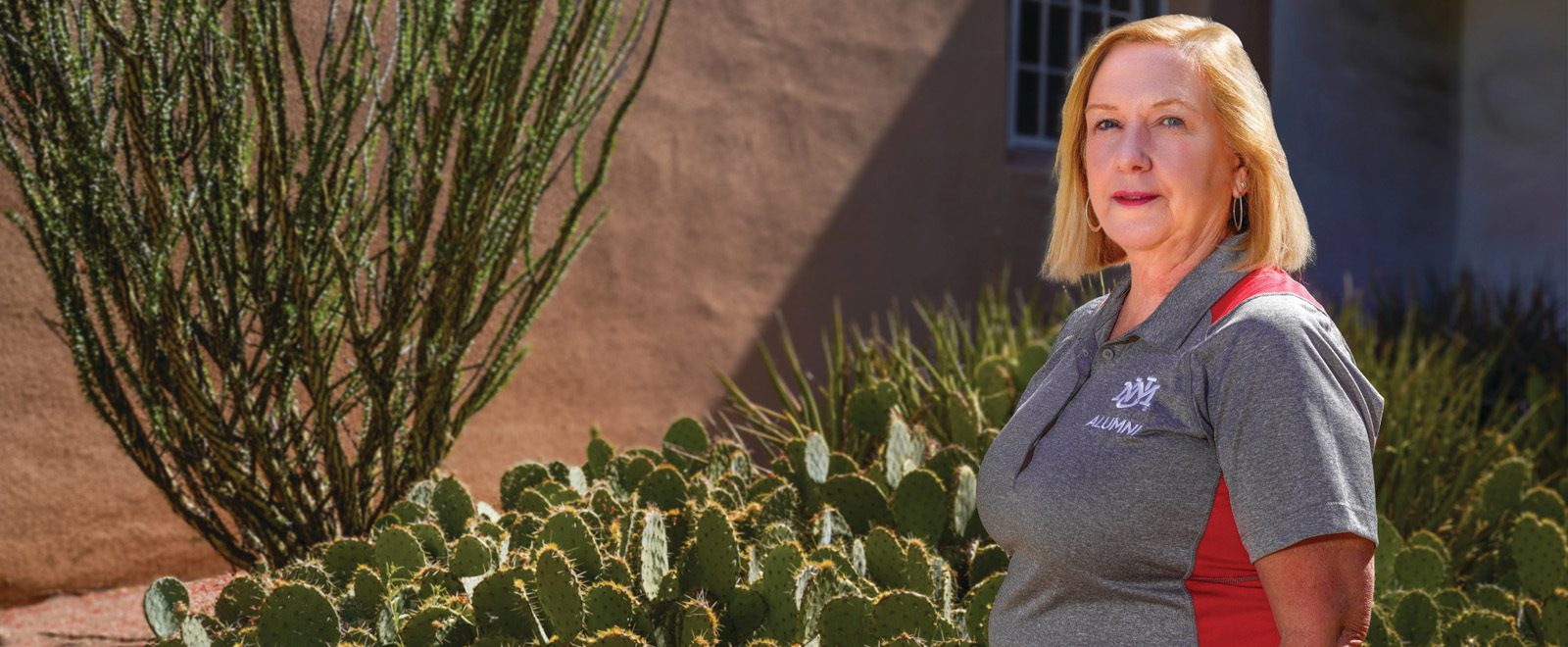
Photo Credit: Roberto E. Rosales (’96 BFA, ’14 MA)
Alumni board president keeps UNM ties tight
By Leslie Linthicum
Amy Miller’s UNM cred goes well beyond her two academic degrees — a B.A. in Journalism and Sociology in 1985 and a Master of Public Administration in 1993.
First, let’s look at her family tree. Miller’s dad, James P. Miller Sr., received his PhD from UNM and taught in the College of Education. While dad was getting his doctorate, her mom, Millie, worked in administration in the Department of Geology.
Miller’s brother, James P. Miller Jr., is a two-time UNM graduate with his B.A. and PhD. Her sister, Susan Lester, has a B.A. from UNM. Miller’s sister, Linda Miller, diverged from the family tradition and got her degrees from NMSU but worked at UNM in Computer and Information Resources and Technology.
Miller’s husband, Cliff McNary, got his B.A. at UNM in 1986 and his M.A. in 1994.
The McNary/Miller children are also Lobos. Daughter Kiera received a bachelor’s in chemistry in 2019 and a master’s in nanosciences and microsystems engineering in 2021. And son Thailen just graduated with a B.S. in psychology. Amy’s nephew Kavi Miller graduated with a B.A. in business in 2020 and niece Zunyi Miller graduated with her business degree in May alongside Thailen.
In 1995, her father received one of the first Zia Awards given by the Alumni Association
to honor outstanding alumni who live in New Mexico. In 2016, brother Jim received
the same award.
Miller, 59, the incoming president of the UNM Alumni Association, takes obvious delight in drawing the map of her ties to Loboland.
“I have deep roots,” she says with a laugh.
Miller joined the Alumni Association board in 2017 and she has spent the past two years working on board development, particularly in strengthening the board by encouraging more diversity and active commitment among members.
“We want the board to look like the state,” Miller says. “And we want board members to be engaged in being great ambassadors for UNM.”
Miller wants to continue that work as president, to work on ramping up in-person alumni events that have been curtailed during the pandemic and to also support the career mentoring efforts spearheaded by the previous two presidents, Michael Silva and Chad Cooper. Silva and Cooper, both African American men who served during two years of unrest and activism — and spurred by the death of George Floyd at the hands of Minneapolis police —brought their activism to the role of president.
Miller intends to allow her own passions — environmental sustainability, social justice and access to education — to guide her term.
“Maybe it’s a function of age, but I am not going to sit silently,” Miller says. “I am focused on living and breathing my values.”
• Miller lives in a house near North Campus that was the original location of Animal Humane Association of New Mexico.
• Since she graduated, Miller has never lived more than two miles from Main Campus.
• Miller and McNary’s two children came into their family via adoption from South Korea.
• Miller’s fur babies are cattle dog Baby and Boxer/Pointer cross George.
• While an undergrad, Miller played in the UNM flute choir.
One of Miller’s early values was education. Her father was a school administrator in Anthony, N.M. on the southern border. He moved the family to Albuquerque in 1971 to pursue a PhD and young Amy explored the campus in the afternoons after school let out.
After her father completed his doctorate, the family moved to Santa Fe, where her father served as superintendent of schools.
When 1981 came around and Miller was a 17-year-old high school graduate without much direction, she listened to her father’s advice.
“My dad really wanted me to go to UNM,” Miller says. “He believed very strongly that this university changed his life and the life of our family.”
So, she moved into Alvarado Hall.
“I was pretty fuzzy-headed,” Miller says. “My first year was a little tough.”
She had no idea what she wanted to do with her life and adjusting from small-town Santa Fe to big-city Albuquerque was a challenge.
In her second year, she got involved in modern dance and music, where she found her people. She was also a good writer; in high school she had worked as an intern at the Santa Fe New Mexican newspaper, running copy in the frantic days when inmates took over the New Mexico Penitentiary. She took some journalism classes at UNM and found her major.
“I just like talking to people and hearing their experiences,” Miller says.
Her first job was technical editing, then she moved into communications and marketing with the state’s credit unions and rural electric coops. During that time, Miller was involved in a serious motorcycle accident on Central Avenue in front of UNM and spent months undergoing surgeries and physical rehabilitation.
One day, when she was learning how to walk again, she took a stroll through campus and saw a flyer for the Master of Public Administration degree program. She enrolled in graduate school, started dating and married her husband (whom she met during their undergrad years) and found another lifelong passion.
“I have a love for politics and public policy,” Miller says. At PNM, the electric company where she worked for 15 years, Miller was able to combine her skills in communication and government affairs.
In 2017, PNM initiated deep layoffs and Miller lost her job.
“I wasn’t expecting it and it hit me pretty hard,” she says.
One day over some wine, a friend suggested Miller start her own company. It wasn’t anything she had ever envisioned, but the more she thought about it the more she realized it was an opportunity to do the kind of work that mattered to her. She opened AMM Consulting and developed a portfolio of clients in renewable energy and clean transportation among other passion projects, including the MAS charter school.
“I decided I would do work that fulfills me,” Miller said. With her two children now being UNM graduates themselves, Miller has been reflecting on the meaning of a UNM degree.
“We have trouble taking pride in our state,” Miller says. “What comes to mind when I think of UNM is that idea of — ‘you’re just going to UNM’? I think we have to change that thinking to, ‘no, UNM is a damned good university’. There are really good people teaching here. There are people doing life-changing work here. We have to take more pride.”
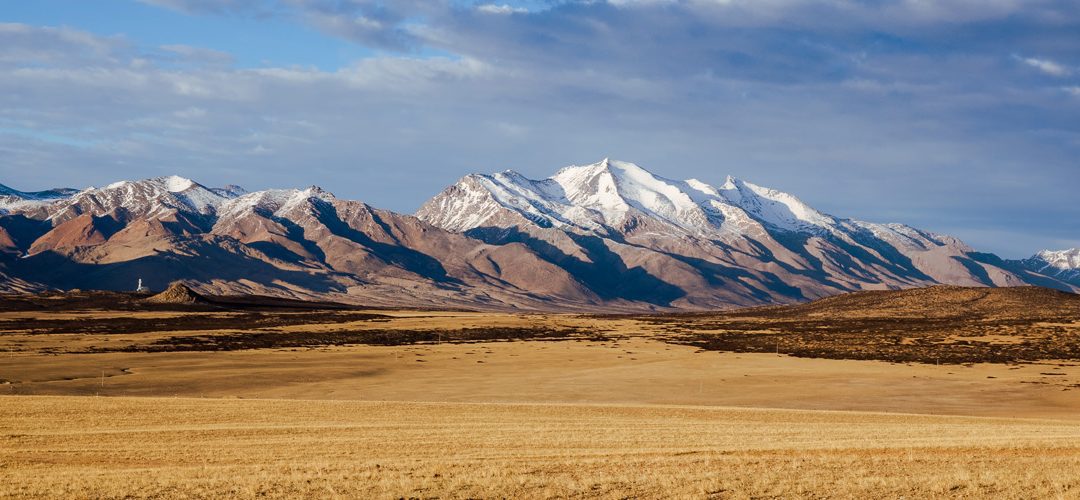

Laura Crossey and Karl Karlstrom, both professors in the Department of Earth and Planetary Sciences, joined an international team of scientists on an expedition to the Tibetan Plateau, driving thousands of miles across Tibet to sample bubbling hot springs to learn more about how the Earth’s underground system of geological plates move and collide.
Their findings were published recently in the Proceedings of the National Academy of Sciences journal. Crossey was one of the authors.
The team sampled gasses emitted by geothermal hot springs to ascertain how plates have moved deep underground. Where the crust is thick, mantle-derived helium cannot escape. Where plates have shifted an dropped away, the gas escapes. The team was able to define a 1,000-kilometer-long East-West boundary in southern Tibet where what is known as the Indian plate has dropped away from the Himalayan plate.
The findings add to our knowledge of the Earth’s mantle and also have practical implications.
“Additionally, these forces also generate some of the most powerful and deadly earthquakes on Earth,” Crossey said. “Understanding the detailed nature of the colliding plates can help us better prepare and plan for earthquakes.”
UNM archaeologist and Prof. Keith Prufer co-led a team excavating a site in Belize...
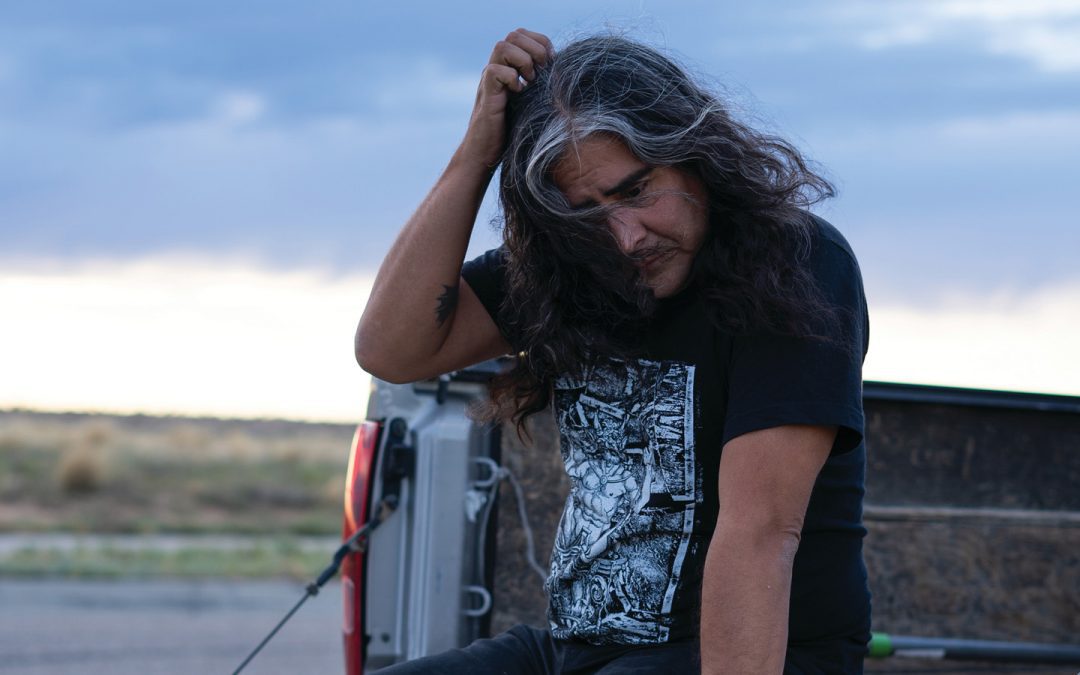
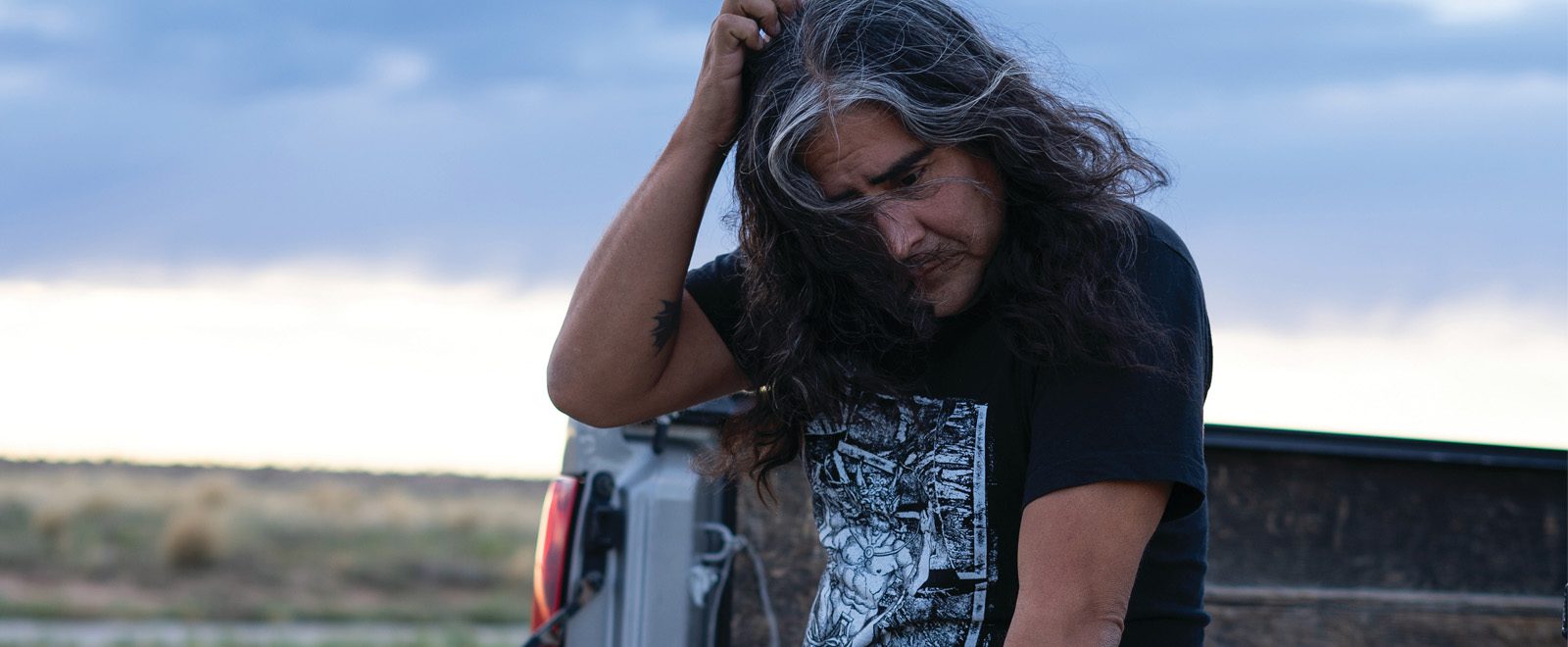
Photo: Adam Conte
Alumni take home a Grammy and a Pulitzer for music
Grammy Award For Best Immersive Audio Album
When the Grammy award for Best Immersive Audio Album was presented in April, the winning recording — The United States Army Field Band’s “Soundtrack of the American Soldier” — rang up several firsts. It was the first time a concert band had won a Grammy; the first time a military band had won a Grammy; and, as far as anyone at UNM can recall, the first time an alumnus has won a Grammy.
Col. Jim R. Keene (’88 BA), a native of Albuquerque’s South Valley who graduated with a degree in piano performance, conducted all of the music on the album.
After graduation, Keene received a master’s degree in orchestral conducting from Southern Methodist University in Dallas and then was accepted into the Army bands program as a band officer and conductor. Keene’s Army career took him to Heidelberg, Germany, and West Point, and in 2015 he was named commander of The U.S. Army Field Band based at Fort Meade in Maryland.
“It shouldn’t surprise you to hear that I believe the U.S. Army Field Band is the best band in the world,” Keene said. “The reason is the number of performances they do, performing more than 100 concerts per year, each one on a different stage, often in a different city or town across the nation and around the world.”
In Keene’s career he has performed for U.S. presidents, led music for funerals of three presidents, and conducted at numerous performances at the White House.
The album, recorded during the band’s 2018 tour, includes music chosen from movies, video games and new commissioned pieces to honor the American soldier.
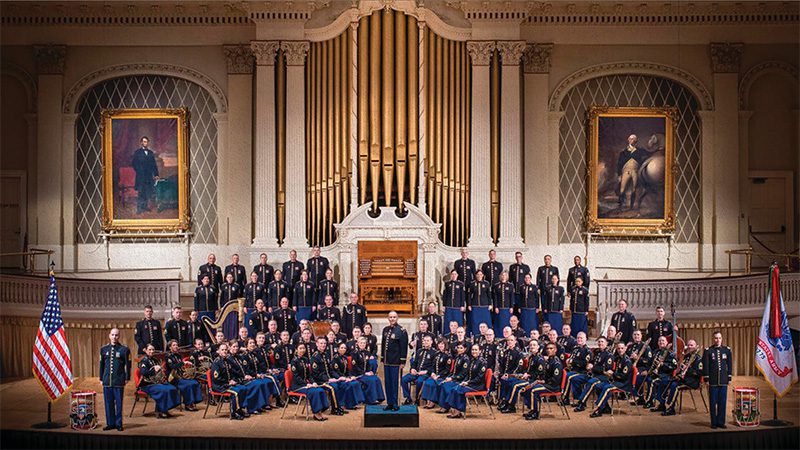
Photo: U.S. Army Field Band
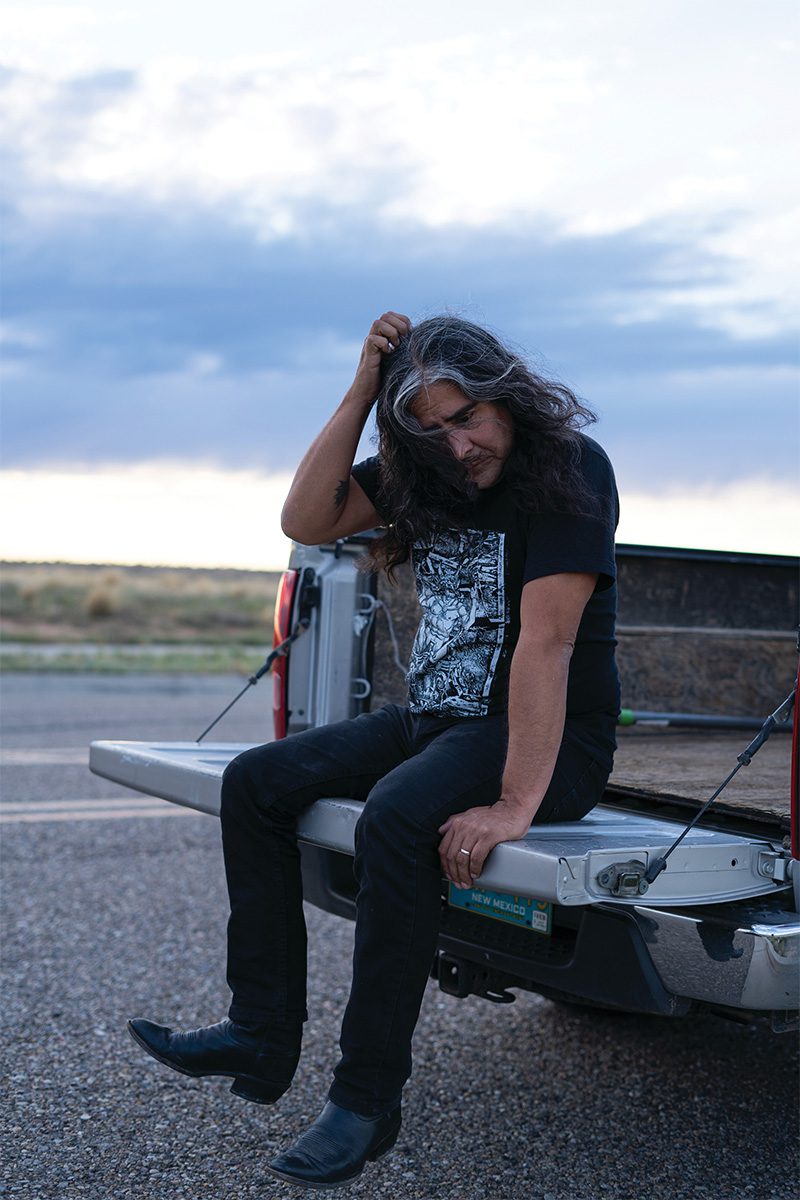
Pulitzer Prize For Music
In April, when the distinguished Pulitzer Prizes were announced, another UNM graduate made some music history. Raven Chacon (’01 BA) a composer, performer and installation artist from the Navajo Nation, was the first Native American to win the Pulitzer Prize for music.
Chacon, who is originally from Fort Defiance, Ariz., and lives in Albuquerque, describes himself as a “noise musician,” who often uses homemade electric instruments. A graduate of UNM’s College of Fine Arts with a degree in composition, Chacon received his MFA from the California Institute of the Arts. Chacon has appeared on more than 80 releases on various national and international labels.
“Voiceless Mass,” Chacon’s winning entry, is an ensemble work commissioned by the Wisconsin Conference of the United Church of Christ, the Plymouth Church United Church of Christ and Present Music. Chacon composed the piece specifically for the Nichols & Simpson pipe organ at The Cathedral of St. John the Evangelist in Milwaukee. The composition was a site-specific commission to utilize the organ for Present Music’s annual Thanksgiving concert.
“As an Indigenous artist, I make a point not to present my work on this holiday,” Chacon told the Pulitzer judges, “but in this case I made an exception.”
The piece intones wind and string instruments in addition to the organ and, contains no audible singing voices.
“In exploiting the architecture of the cathedral,” Chacon said, “Voiceless Mass considers the futility of giving voice to the voiceless, when ceding space is never an option for those in power.”
Judges called the work “mesmerizing” and “a concentrated and powerful musical expression with a haunting visceral impact.”


David Player, a graduate student focusing on sociolinguistics of signed languages in the UNM Department of Linguistics, has begun to document variations in American Sign Language in the Southwest.
Inspired by the Black ASL Project, which studies the variation in ASL in Black communities, Player, who is Black and deaf, is interviewing users of ASL across New Mexico to tease out geographical and cultural distinctions.
“Most people think that the Deaf community is homogenous, and it’s not,” Player said. “Where you grow up, the kind of education you received, the language exposure you’ve had – all of those things are factors and make language variation complex.”
Player first conceptualized the project after he saw students at UNM using a different sign for “lucky” than he was used to. Students from New Mexico told him his sign for “lucky” is used to sign “chile” here.
“What this told me was that there had been an adaptation in the sign for ‘lucky’ so that there’s not a confusion between the sign for lucky and the sign for chile,” he said.
Player found at least four different varieties of New Mexican American Sign Language, including three regional varieties — Northwest New Mexico, associated with native communities, the Middle Rio Grande region, associated with the School for the Deaf in Santa Fe, and Southern New Mexico.
UNM archaeologist and Prof. Keith Prufer co-led a team excavating a site in Belize...
Recent Comments